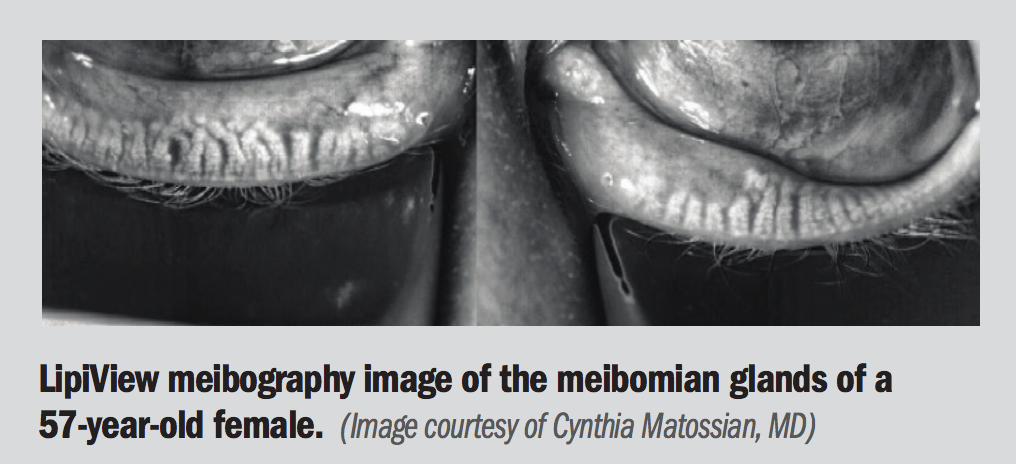Article
It takes a village to care for dry eye patients
Author(s):

Special to Ophthalmology Times®
Optometric practice is going through a lot of change, with online sales of contact lenses and prescription glasses eroding some of optometry’s traditional revenue streams.
At the same time, an aging population is leading to an increased demand for treatment of age-related eye diseases, such as cataract, glaucoma, macular degeneration, and dry eye. Given these trends, more optometrists are seeing the financial and clinical need to go beyond vision care to manage or co-manage medical conditions.
Related: New techniques probed for managing dry eye disease
Dry eye disease presents a perfect opportunity for ophthalmologists and optometrists to work together for the benefit of our patients. There are two common situations in my practice where this occurs.
Scenario 1: The proactive OD
I work with many optometrists in the surrounding community who will diagnose patients with dry eye and offer a range of treatments to address their symptoms. They may prescribe immunomodulators like Restasis (Allegan), Xiidra (Novartis), or Cequa (Sun), microwavable moisture masks, oral omega-3 supplements, lid hygiene wipes, and artificial tears.
If these measures aren’t enough or if they suspect the patient actually has impacted meibomian glands that require a procedure for evacuation, many will refer the patient to me for thermal pulsation therapy (LipiFlow, TearScience/Johnson & Johnson Vision).
Related: Lab tear tests aid reimbursements, clinical application of dry eye
I will treat the patient and send them back to their optometrist for ongoing management of their ocular surface disease, with the understanding that the patient may need a repeat LipiFlow treatment in a year or two.
To capture patient referrals like this, it is important that optometrists in your area learn about the advanced technologies you offer, both for diagnosis and for treatment. This is essential for dry eye, but also for procedures like cross-linking for keratoconus and refractive cataract surgery.
We send an e-newsletter to primary-care providers and optometrists; send a practice liaison to visit practices in person; and offer educational seminars for COPE credit, as well as non-credit dinner programs that are a mix of social networking and educational reinforcement. I have found it powerful to demonstrate our technologies whenever possible at these seminars.
At a recent gathering, for example, several optometrists discovered that they had significant gland dropout on LipiView meibography, despite being asymptomatic. That experience helped to underscore the value of the diagnostic tool better than anything I could have said.
Related: Understanding the expanding role of IPL in dry eye disease
Scenario 2: The surgical referral who isn’t ready
We often see patients who have been referred for cataract surgery but who turn out to have an unstable tear film that I want to address before surgery.
The patient may have a positive MMP-9 test, abnormal osmolarity, and moderate to severe meibomian gland dropout-but it may be the first time they have been told they have dry eye. This can be a tricky situation that calls for diplomacy.
I tell the patient that we have specialized equipment that specifically checks for dry eye disease.
“Not all practices have this technology, so that’s why Dr. Smith referred you to me,” I will tell them. “We’ll get that tear film stabilized and then we’ll be able to get more reliable measurements for surgery. When you go back to Dr. Smith after surgery, she will continue taking care of your dry eye, as well.”
Also by Dr. Matossian: Everything you thought you knew about astigmatism and dry eye is wrong
This can let the patient know that their care is important. It creates a level of trust, and can help lead to a better outcome.
I also take the time to communicate directly with the optometrist and educate him or her about my findings and the treatment protocol that is needed to ensure the patient gets the best outcome from cataract surgery.
As partners in the patient’s care, we both want to avoid time-consuming refractive surprises and instead have a satisfied patient with excellent visual outcomes.
Both of these scenarios are working well for our practice. What strategies have you used to promote good co-management relationships with optometrists in your region?
Read more by Dr. Matossian
Cynthia Matossian, MD, FACS
E: cmatossian@matossianeye.com
Dr. Matossian has no relevant financial interests to disclose.
Newsletter
Don’t miss out—get Ophthalmology Times updates on the latest clinical advancements and expert interviews, straight to your inbox.





.png&w=3840&q=75)









